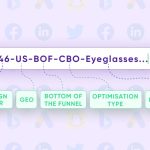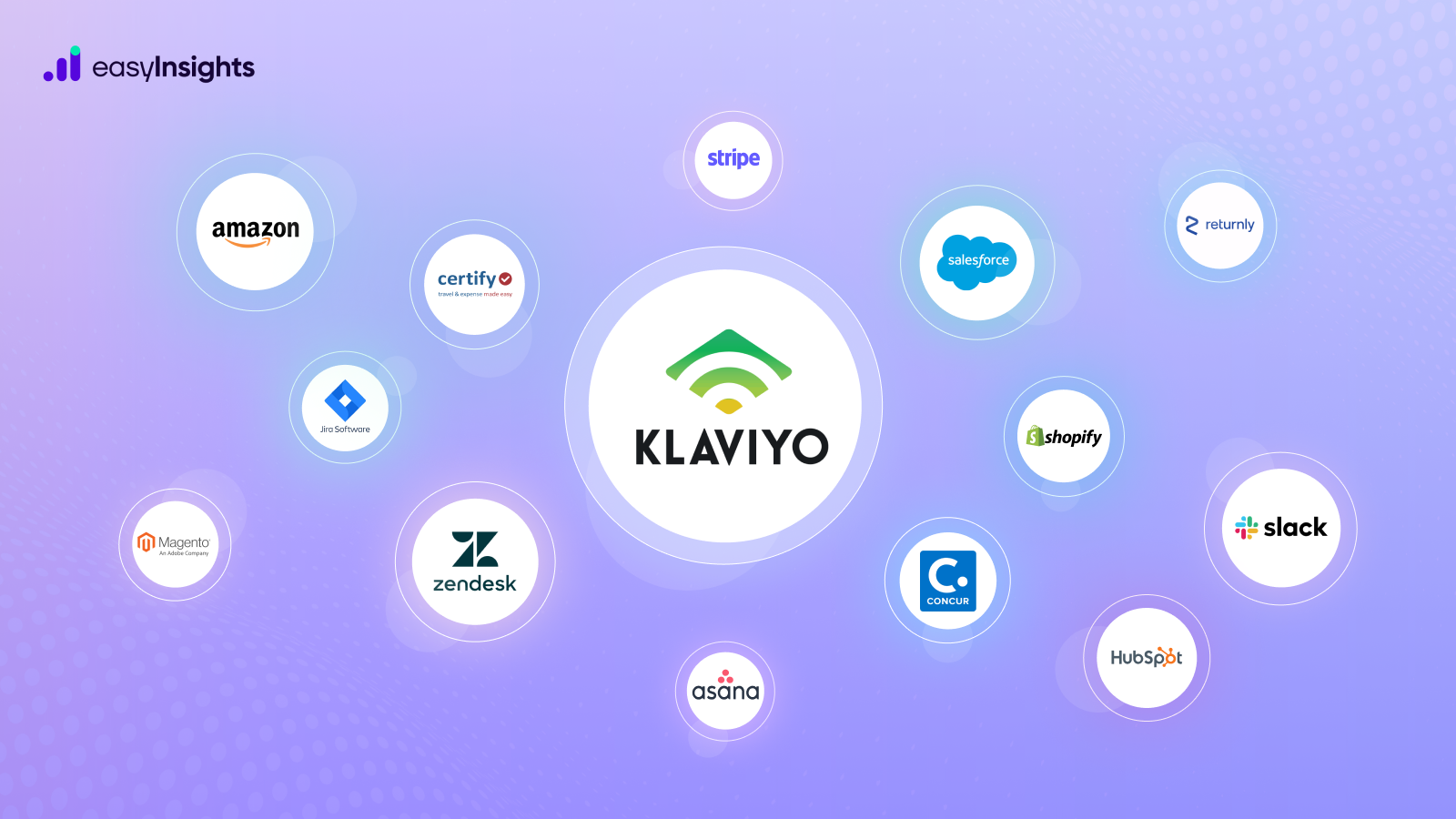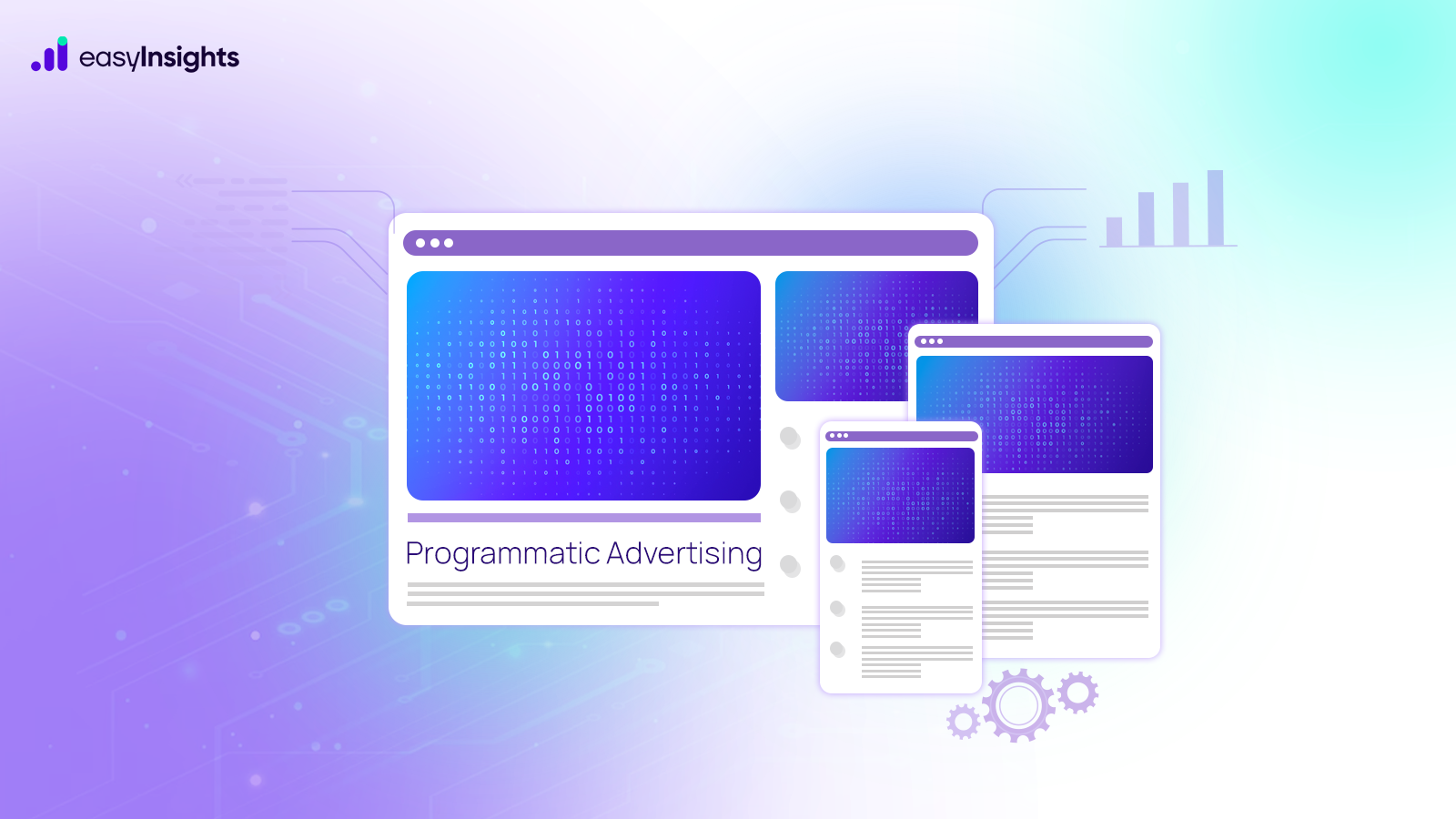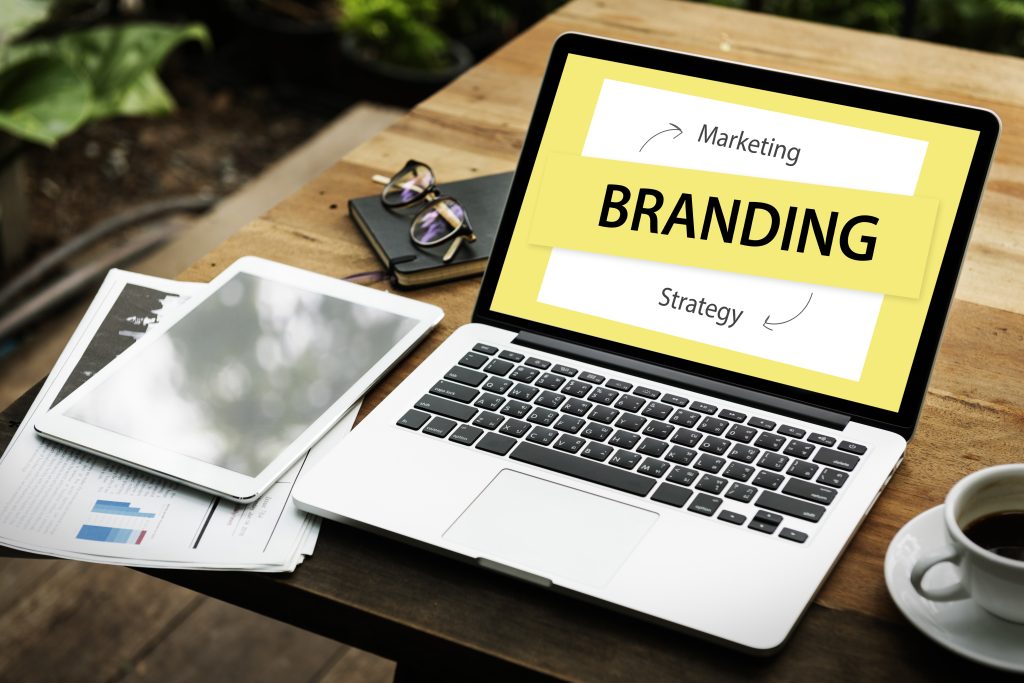
According to management consultant Peter Drucker, a business enterprise has only two functions: marketing and innovation.
Marketing is about understanding the customer’s needs and creating products and services to meet those needs. Marketing is crucial for businesses to understand what product or service they can offer and how to launch a product successfully.
Branding is an important aspect of marketing that focuses on creating a positive perception of a company’s products and services, and conveys its value system and ethos.
Jump ahead to:
What is branding?
Branding is not limited to products and services, but applies to the overall organisation. It is about the vision, mission, and values that help you distinguish your company from others in the market.
The visual representation of a brand includes its name, logo, tagline, font, and colors used. Brand identity helps companies form associations with customers and it should be consistent across all of the company’s marketing communications.
Brand value is the monetary worth of your brand and signifies its strength in the market. For instance, Apple is the most valuable brand in the world, with its brand value estimated at $241bn. Apple derives brand value not only because of its user-friendly products and services but also as the world’s most innovative company.
Marketing helps you to get customers for the first time, but it is the brand that keeps them engaged and willing to make repeat purchases.
Measuring the impact of branding
Brand strength influences the customer response to paid marketing campaigns and at every stage across the sales funnel. Brand strength in paid marketing can be assessed through a Sales Accepted Lead (SAL), which refers to a sales opportunity or lead that is considered promising enough to be pursued by the sales team.
Branding significantly influences the return on investment (ROI) of paid campaigns. A company with branding generates higher leads and revenue from campaigns compared to companies with no branding, as represented in the graph below:
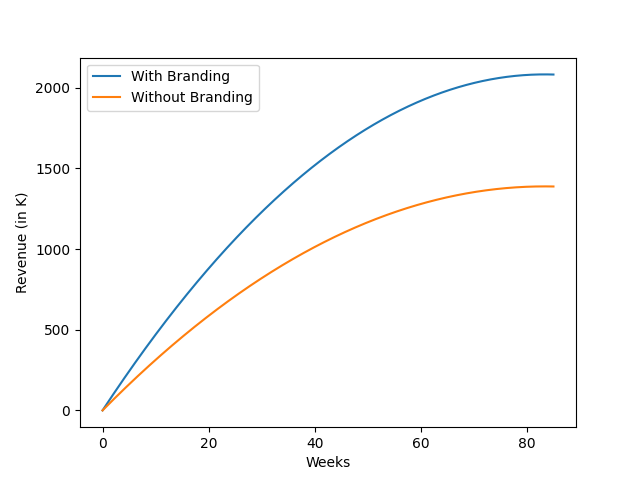
Another way to measure brand strength is through search volume trends. Airbnb, a shared accommodation brand, has increased its brand strength compared to its more established competitors over the years, as represented in the graph below:
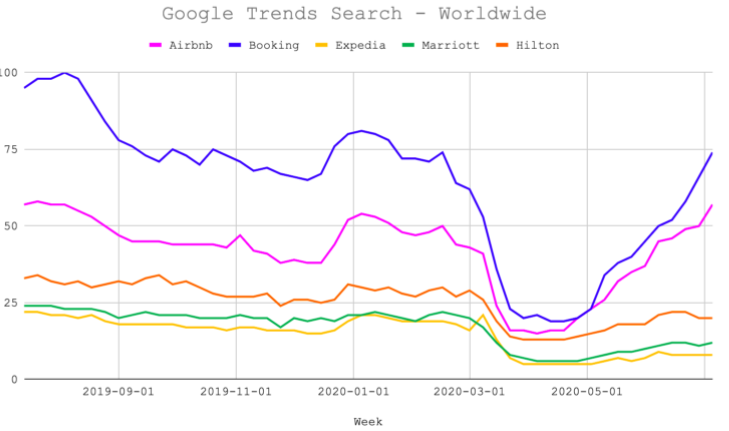
You can similarly plot your brand search volumes for the time period when you are running marketing campaigns and compare the volume trend for the period when there was no campaign. If there is an increase in search volumes during the campaign period then your brand strength has influenced your campaign outcomes, leading to higher Return on Advertising Spend (ROAS).
Similarly, you can plot search volume trends against ROAS and you will find both trending up over time due to the impact of brand strength on campaign performance.
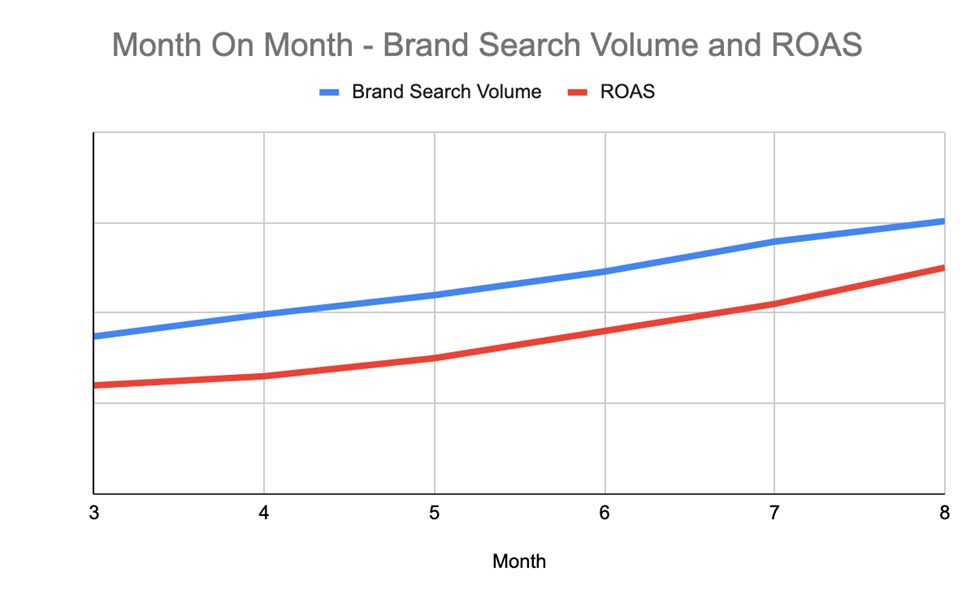
What is paid marketing?
Paid marketing is customer acquisition through advertising or paid promotion on both online and offline channels. In paid marketing, companies purchase advertising spots in offline channels such as newspapers, magazines, billboards, and television.
The equivalent online channels for paid advertising are search engines, social media platforms, and display advertising. Paid marketing also includes event sponsorships and brand placements to create brand awareness and generate interest.
Paid advertising focuses on acquiring customers in a shorter time frame to build a sales pipeline and achieve revenue goals.
How is paid marketing different from branding?
Branding is about long-term investment in creating customer affinity through a shared vision and values. A brand serves a purpose for customers and is an integral part of their life. The results of branding efforts take longer to materialise but once the brand value is created, it endures over a period of time, creating greater returns for the organisation.
In contrast, paid marketing is about company investment in advertising and promotion for a quick payoff. The ROI for paid marketing is more tangible in terms of leads or sales generated compared to the ROI for branding, which is essentially measured as brand value. Paid advertising may not lead to loyalty and long-term commitment, unlike branding.
How does branding reduce marketing costs over time?
Companies routinely overspend on promotion and underinvest in advertising, product development, and new distribution channels. As a result, the company brand weakens over time and loses customers. In contrast, brands that invest for the long term find their marketing costs reduced because of a loyal customer base that emotionally connects with the brand.
Take the example of two brands to see how branding can reduce the cost of marketing over time. Vlasic, a beloved American kitchen brand for 50 years, started discounting its pickles by offering them in gallon-sized jars in the late 1990s through Walmart at unbelievably low prices. Soon, Walmart cannibalized Vlasic sales through other channels, and also caused margin dilution to an extent that Vlasic had to file for bankruptcy.
In contrast, Nike, when faced with a similar situation with US-based retailer Foot Locker, decided to cut the allocation of shoes by 40%. Consumers stopped shopping at Foot Locker as they couldn’t find the desired Nike shoes, even as competing retailers’ sales increased. Ultimately, Foot Locker was forced to accept Nike’s terms and conditions.
The difference is how Nike and Vlasic managed their brands. Vlasic focussed on a short-term sales strategy by discounting and disproportionate concentration on one channel. Additionally, the company reduced advertising and investment in new product development in the years before it was forced to file for bankruptcy.
In contrast, Nike preserved its brand identity and invested in branding by allocating $1.2bn to its advertising budget, and maintaining strong relationships with multiple channel partners. Nike positioned itself for the long term and, as a result, it continued to own customers whose brand loyalty increased as years passed, leading to a higher ROI for the company.
Additional Reading: Beyond Likes & Shares : A Detailed Approach to Measuring Brand Affinity
How Branding and Paid Marketing Work Together
Branding and paid marketing are not opposing strategies — they are two sides of the same coin. When run together in a hybrid structure, they fuel each other to build lasting customer relationships while driving measurable business outcomes.
Here’s how you can align them to work in sync:
1. Brand Drives Demand, Marketing Captures It
- Branding creates awareness and emotional connection. When users are ready to buy, they search for brands they recognize and trust.
- Paid marketing captures that demand with targeted messages, offers, and CTAs across the channels where your audience is active.
2. Shared Messaging and Creative Alignment
- Develop unified messaging pillars that apply to both brand and performance creatives. Let your core brand story echo even in performance ads.
- Use consistent visual identity (logo, colors, typography) and tone of voice to ensure seamless user experience across touchpoints.
3. Hybrid Funnel Strategy
- Top of Funnel (Branding-led): Introduce your vision, mission, and product with emotional storytelling, high-reach campaigns, influencers, and PR.
- Mid Funnel (Co-owned): Use both brand recall and behavioral signals to build nurturing journeys — through retargeting, email, webinars, or content ads.
- Bottom Funnel (Marketing-led): Deploy sales-focused creatives, offer-led campaigns, and remarketing ads to convert leads into customers.
4. Measure Together, Not in Isolation
- Use attribution models that account for assisted conversions from branding efforts (e.g. video views, branded search, first-touch impressions).
- Analyze ROAS and brand lift metrics like direct traffic, search trends, and share of voice.
How branding and marketing processes are helped by first-party data activation?
First-party data activation can significantly benefit both branding and marketing processes by offering deeper customer insights, personalization, and improved campaign performance. Here’s how:
Branding:
- Building brand identity: Analyze customer interactions and preferences to understand their perception of your brand and tailor messaging accordingly.
- Strengthening brand loyalty: Leverage purchase history and engagement data to create personalized experiences and targeted offers that nurture relationships and encourage repeat business.
- Measuring brand awareness: Track mentions, sentiment analysis, and website traffic to gauge brand awareness and the effectiveness of branding campaigns.
- Refining brand strategy: Use customer feedback and behavior data to identify areas for improvement and inform future brand development decisions.
Marketing:
- Targeted campaigns: Create highly relevant and personalized campaigns based on demographics, interests, and past behavior, leading to increased engagement and conversion rates.
- Effective segmentation: Group customers into distinct segments with specific needs and tailor marketing messages and offers to each segment for maximum impact.
- Improved ROI: Optimize marketing spend by allocating resources to channels and campaigns that resonate most with your target audience.
- Personalized content: Craft website content, emails, and social media posts that cater to individual customer preferences, increasing engagement and conversions.
- Dynamic ads: Serve personalized ads based on browsing history and purchase intent, increasing the relevance and effectiveness of your ad campaigns.
- Attribution modeling: Understand the true impact of different touchpoints (website visits, ads, emails) on the customer journey and optimize marketing efforts accordingly.
Overall benefits:
- Deeper customer understanding: Gain valuable insights into who your customers are, what they like, and how they interact with your brand.
- Increased relevance and personalization: Deliver more relevant and personalized experiences to each customer, leading to stronger brand relationships and improved marketing results.
- Data-driven decision making: Make informed decisions about branding and marketing strategies based on concrete data and customer insights.
- Improved campaign performance: Measure the effectiveness of campaigns more accurately and optimize them for better results.
- Reduced reliance on third-party data: First-party data offers a more reliable and privacy-compliant alternative to third-party data sources, which are becoming increasingly restricted.
By effectively activating first-party data with platforms like EasyInsights, you can build stronger brand connections, engage your audience more meaningfully, and achieve significant improvements in your marketing outcomes.
How can you measure your marketing campaign performance ?
You need to have a good digital marketing intelligence tool to measure your campaign results accurately and assess the influence of your brand on the results. EasyInsights is an artificial intelligence-powered marketing data platform that syncs data from all your marketing channels, analytics tools, and CRM to provide you with complete visibility of your marketing performance.
Book a Demo! Talk to our product expert and get a detailed understanding of your brand’s performance.
How EasyInsights can help you work better with Ad Platforms like Meta and Google
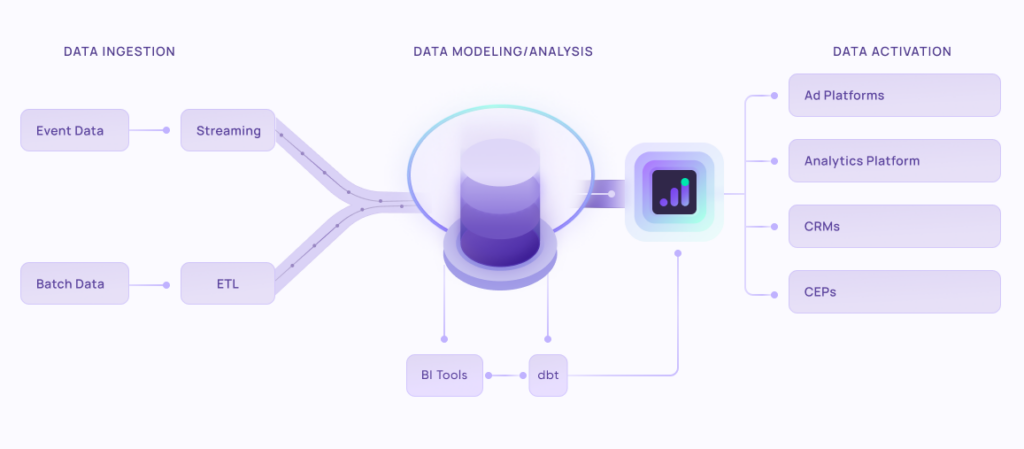
EasyInsights works with raw marketing data for data activation and data enrichment in a few key ways:
Data Collection and Transformation:
- EasyInsights connect directly to your ad platform allowing it to access and extract the raw data you’ve collected.
- Data Transformation: EasyInsights then cleans, normalizes, and enriches the data to make it usable for activation purposes. This may involve tasks like:
- Formatting data: Ensuring all data points are in a consistent format.
- Handling missing values: Filling in missing data points or removing them according to your preferences.
- Enriching data: Adding additional data points from other sources to create a more comprehensive picture of your customers.
Data Activation:
- Segmentation and Targeting: It allows you to segment your audience based on various criteria like demographics, behavior, and interests using the enriched ad platform data.
- Multi-channel Marketing: You can then use these segments to activate your audience across different marketing channels like email, social media, and advertising platforms.
- Customer Relationship Management (CRM): The data can be used to personalize outreach and interactions with customers within your CRM system.
- Marketing Attribution: EasyInsights can help you understand how different marketing channels contribute to conversions and optimize your marketing spend accordingly.
Key Feature:
- Offers features like customer data platform (CDP) capabilities, marketing automation, and campaign management tools.
- Focuses on reverse ETL (extracting data from your warehouse and sending it to marketing tools) and offers pre-built integrations with various marketing platforms.
EasyInsights is a marketer’s preferred tool for first party data activation.
In this age of cross-channel marketing, EasyInsights offers a comprehensive platform to collect, store, and transform all your first-party data.
EasyInsights enhances marketing campaign efficiency in a cookieless landscape with accurate ad signals. It helps brands step away from surface-level metrics and unleash the potential of first-party data to optimize marketing strategies, ensuring a superior Return on Ad Spend (ROAS). It does all this, while being a highly affordable no-code platform with an exceptional customer support apparatus.
Sign up for a demo today to see EasyInsights in action!


